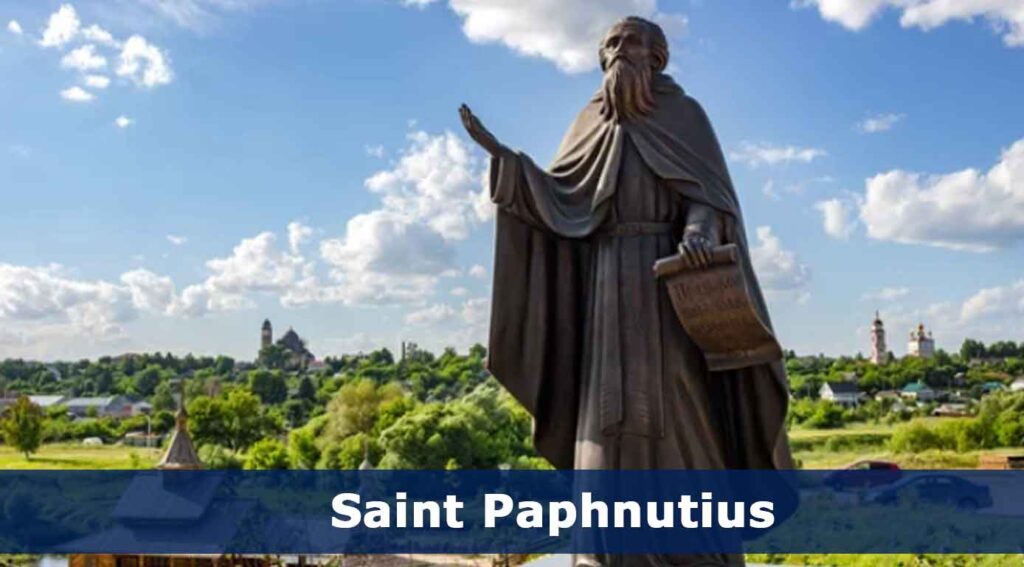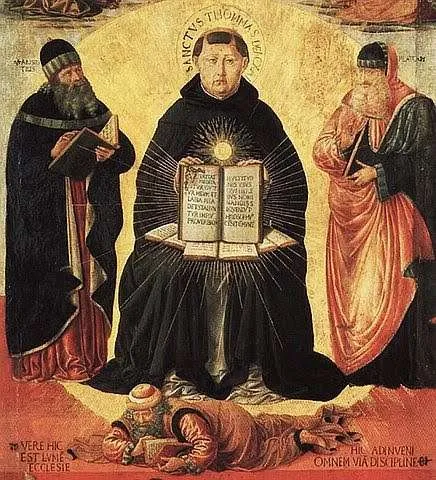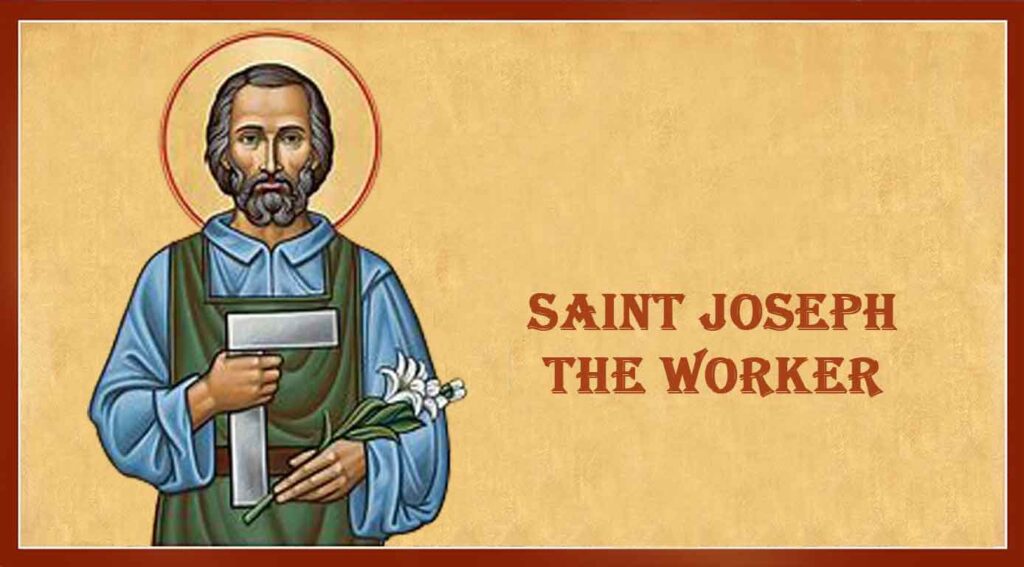c. 956–997 Patron Saint of Poland, Hungary, and the Czech Republic; Canonized by Pope Sylvester II in 999
Duke Slavník and his wife Střezislava, the parents of today’s saint, both came from noble ruling families in the Duchy of Bohemia, present-day Czech Republic. They had five sons, one of whom was Vojtěch. As a youth, Vojtěch became quite ill, so his faith-filled parents dedicated him to God as a priest if God would heal him. Vojtěch did recover and was sent to Magdeburg, Germany, to study under Bishop Adalbert, the first bishop of that diocese. During his ten years of study, Vojtěch grew in knowledge and holiness. He spent long hours in prayer and was very devoted to the care of the poor. Vojtěch had such a great respect for the Bishop of Magdeburg that he took his name when he received the Sacrament of Confirmation. Bishop Adalbert of Magdeburg was later canonized a saint, as was his student, Saint Adalbert of Prague, whose feast we celebrate today.
When the Bishop of Magdeburg died in 981, the young Adalbert returned home to Bohemia and was ordained a priest two years later by the Bishop of Prague. Soon after, the Bishop of Prague became quite ill and on his deathbed was filled with a fear of hell. He had lived a worldly life, seeking riches and comfort rather than holiness. The bishop’s dying witness had an effect upon Father Adalbert, causing him to deepen his commitment to the pursuit of holiness through penance, prayer, and simplicity of life. Shortly thereafter, Father Adalbert was chosen as the next bishop of Prague. Though resistant at first, he eventually accepted and was ordained a bishop in 983. It is said that once he became a bishop, Adalbert rarely smiled. He later remarked, “It is an easy thing to wear the mitre and a cross; but it is a most dreadful circumstance to have an account to give of a bishopric to the Judge of the living and the dead.” He truly felt the weight of his responsibility.
Bishop Adalbert was, at first, joyfully welcomed in Prague. From the beginning of his bishopric, he embraced a life of simplicity, prayed and fasted often, slept on the floor as penance, preached almost every day, and frequently visited the sick and imprisoned. Though the people in his diocese were Christian, they had not been Christian for long, and many of them held on to their former pagan ways. They commonly practiced polygamy, idolatry, slavery, and various other immoralities. Bishop Adalbert worked hard to address these evils but was met with such strong resistance that he had to flee to Rome. In Rome, the Holy Father permitted him to enter the Benedictine monastery of Saint Boniface. As a bishop-monk, he humbled himself, performing the most menial tasks in the monastery. During this time, he might have also visited Hungary to preach the Gospel, where he is believed to have baptized the soon-to-be king and future Saint Stephen of Hungary.
After about five years in the monastery, the pope sent Bishop Adalbert back to Prague with the instruction that, if the people remained hostile, he could once again leave. Bishop Adalbert arrived in Prague and was, at first, received with great joy. But after renewing the fight against the evils in his diocese, his life was again threatened. As a result, he returned to Rome and reentered the Benedictine monastery where he was made prior. Not long after, he traveled to Poland to assist his friend Duke Bolesław I and exercised his episcopacy in Gniezno, Poland.
After converting many in Poland, Bishop Adalbert obeyed Boleslaw’s wish that he travel north into Prussian territory along the Black Sea to convert the rough pagans of that land. Poland had just recently become a Christian nation, and Duke Bolesław wanted to convert the Prussians and bring them under his rule. The Prussians were a religious people who believed that everything in the created world had spirits. Animals, trees, and lands were revered and worshiped. Pagan priests practiced magic rituals, seeking favors from these countless spirits and also regularly sought to communicate with the dead. One fourteenth-century missionary described the Prussian people this way: “Because they did not know God, therefore, in their error, they worshiped every creature as divine, namely the sun, moon and stars, thunder, birds, even four-legged animals, even the toad. They also had forests, fields and bodies of water, which they held so sacred that they neither chopped wood nor dared to cultivate fields or fish in them” (Father Peter of Dusburg).
When Bishop Adalbert arrived in Prussia, his preaching was initially successful. However, his life was soon threatened, and he had to move on to other places. He continued to endure the wrath of the locals, including a pagan priest who saw him as a threat to their way of life. That pagan priest, together with a mob, killed the bishop one day, cut off his head, and placed it on a pole. Two years later, Bolesław I bought Adalbert’s body from the pagans at the cost of the weight of his body in gold. Once his body was back in Poland, Bishop Adalbert’s funeral was celebrated, and he was buried in the Cathedral of Gniezno. In 999, Pope Sylvester II canonized him a saint, and a year later, the Holy Roman Emperor Otto III came to the Cathedral of Gniezno and prayed at Saint Adalbert’s grave. Devotion to him rapidly grew, and his intercession for the newly converted lands in which he ministered was readily sought for centuries.
Though in some lights Saint Adalbert’s ministry as a bishop could be judged as unsuccessful, his courage, fidelity to the Gospel, and the shedding of his blood are credited for the ongoing conversion of many throughout Bohemia, Poland, and Hungary. In the late second century, the famous Christian writer Tertulian wrote, “The blood of martyrs is the seed of Christians.” Though the preaching of God’s Word opens minds and hearts to the Truth, history shows that the joyful embrace of suffering, especially martyrdom for the Gospel, powerfully nourishes the seeds of the Word of God that has been preached. Saint Adalbert first sowed the seed of God’s Word and then watered those seeds with his blood. The result was that the lands in which he ministered began to grow abundantly in the faith of Christ, becoming Christian nations for the centuries that followed.
As you ponder Saint Adalbert’s life, consider whether you find any similarities in your life. Do you work to share the Gospel with family and friends, only to find your efforts bear little or no evident fruit? If so, take inspiration from today’s saint, and follow his example of courageous dedication to the end, laying down your life sacrificially so that the witness of your love will nourish the seed that God has sown through you.
Source: https://mycatholic.life/saints/saints-of-the-liturgical-year/april-23-saint-adalbert-bishop-and-martyr/








